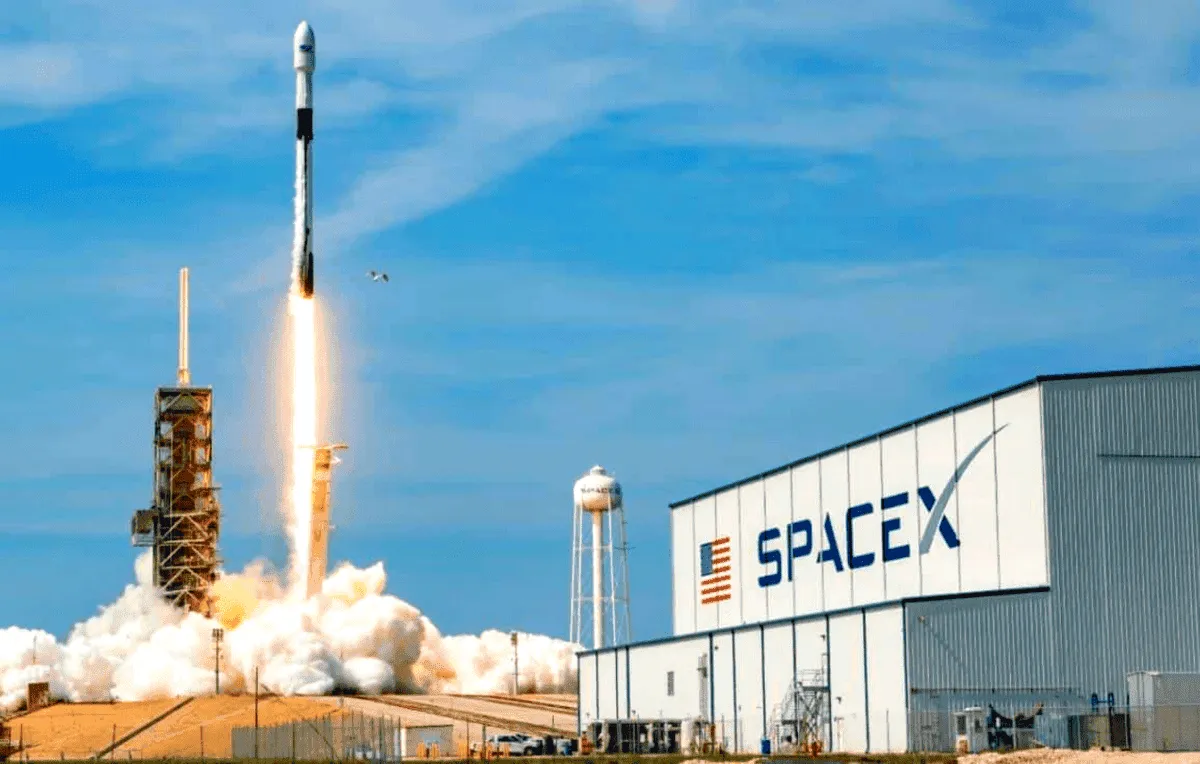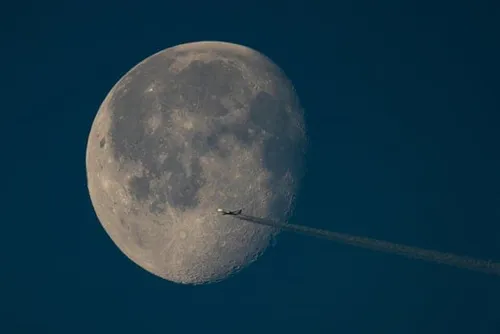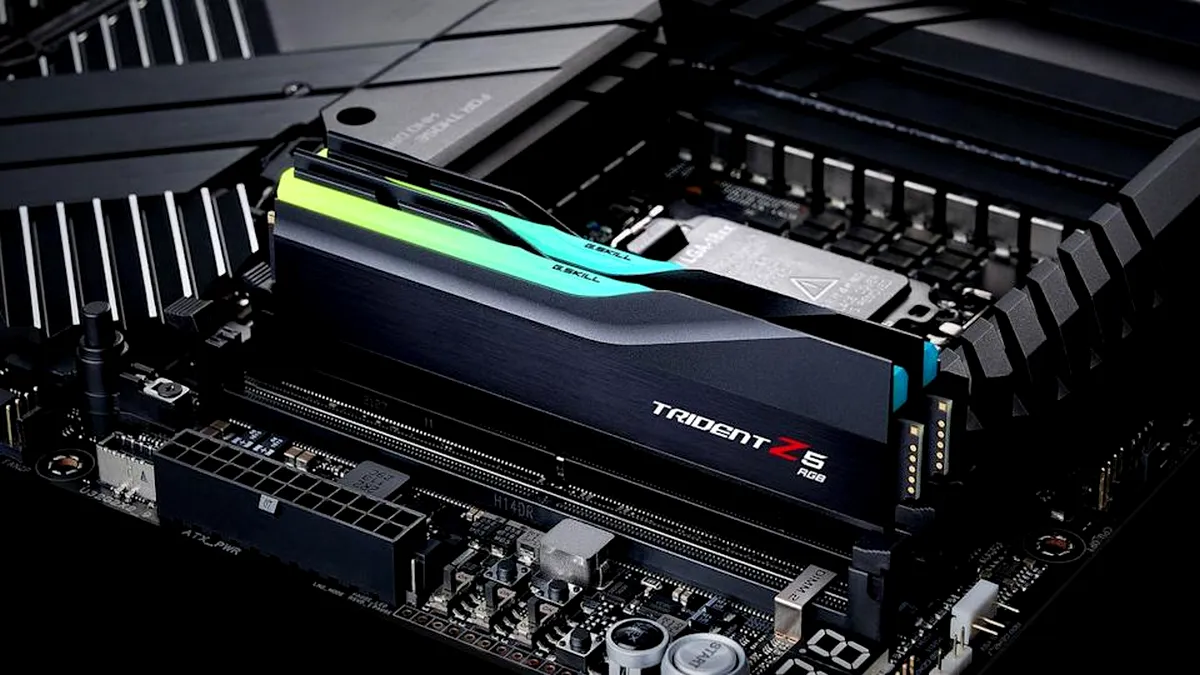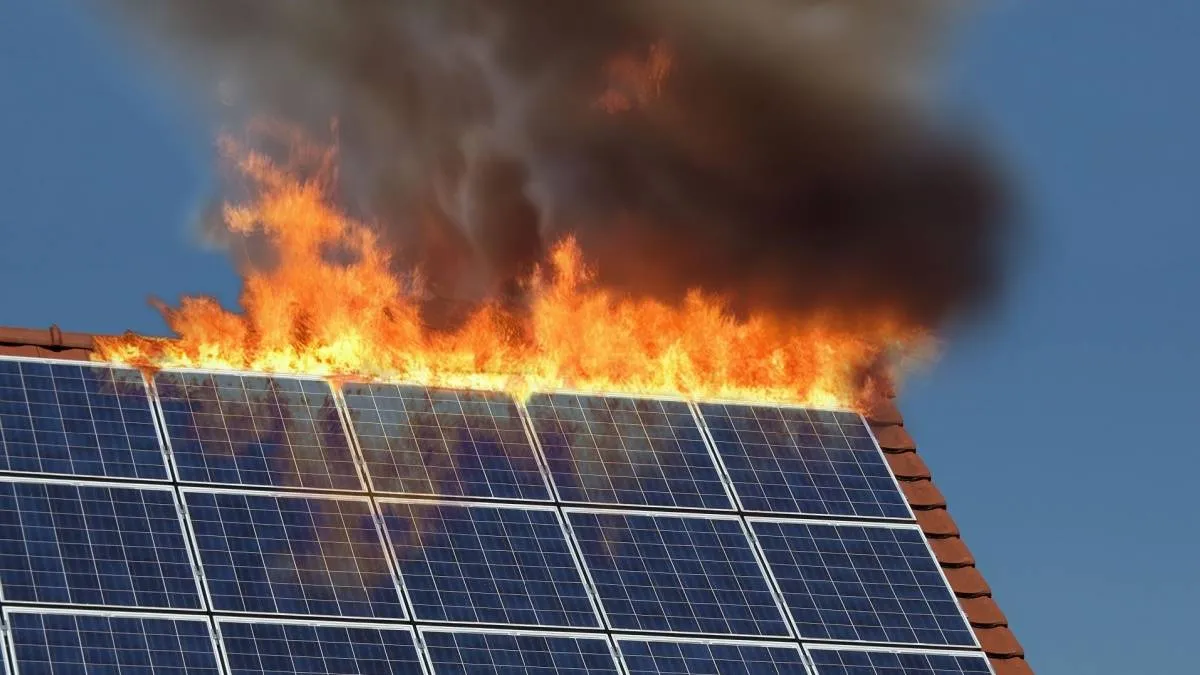A SpaceX rocket is going to crash into the Moon and it wasn't planned
newsWednesday, 26 January 2022 at 04:57

On February 11, 2015 at 11:03 p.m., SpaceX sent its first Falcon 9 on a mission beyond low Earth orbit and geostationary orbit. That was over seven years ago, and the mission was a success. The satellite had reached the L1 point, more than a million kilometers from Earth. Everything had gone as planned, but since then, the second stage of the rocket is still drifting in space...
After so many years of being influenced by the different gravitational forces of the Earth, the Moon and the Sun, the Falcon 9 rocket stage of February 11, 2015 seems to have found its final destination. It was engineer Bill Gray, a specialist in tracking space objects, who revealed the information. According to his calculations, on March 4, the celestial body will crash into the surface of the far side of the Moon, at a speed of 2.58 km/s.
A SpaceX rocket is going to crash into the Moon

Photograph: Dan Kitwood/Getty Images
Why did it come to this? In the context of an interplanetary mission, the second stage of a rocket does not have enough fuel to be able to return to land on Earth or propel itself apart from the Sun-Earth gravitational force. The floor weighs 4 tons according to the data collected by Bill Gray and his teams. It will be the first “involuntary” crash of an artificial body on the surface of the Moon.
Bill Gray mentioned NASA's Lunar Reconnaissance Orbiter and India's Chandrayaan-2 spacecraft as the two low lunar orbit satellites capable of gathering information about the crash. That said, he judges that the probability will be low that either of these two bodies will be close to the point of impact at the right time, and that their agencies will release the funds to burn fuel in order to modify their orbit for this event.
“Better yet, perhaps, would be for the people who launch these missions to think about where their boosters go and leave them in orbits that will cross the moon. I'd be a big fan of that, but it doesn't seem to have been on CNSA's or NASA's radar,” Bill Gray wrote of the lack of sightings of such crashes on the lunar surface.
What would that be for? If one of the satellites could pass close to the impact area, then it could “see a very cool impact crater and probably learn something about the geology (well, selenology) of that part of the Moon ”, he added.
Popular News
Latest News
Loading






